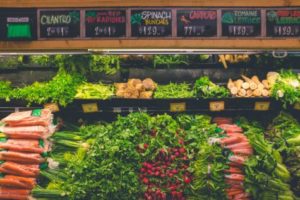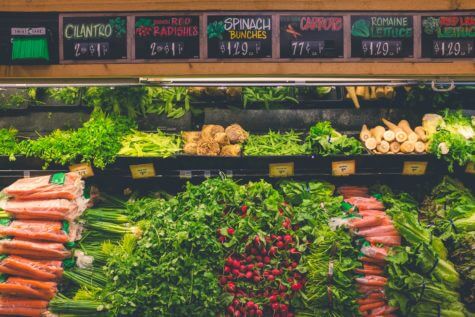PHILADELPHIA — Public health officials, take note: when the prices of healthy food far exceeds that of junk food, consumers become significantly more likely to pig out on the bad stuff, a new study finds.
Researchers at Drexel University in Philadelphia looked at a cross-sectional dataset of nearly 2,800 urban Americans who had participated in the Multi-Ethnic Study of Atherosclerosis (MESA), matching data collected on diet with food prices at nearby supermarkets.

For the purposes of their study, the researchers defined healthy food as dairy products, fruits, and vegetables.
Unhealthy consumables included soda, sweets (e.g., candy and cookies), and salty snacks (e.g., chips).
“We found that, on average, healthier perishable foods were nearly twice as expensive as unhealthy packaged foods: 60 cents vs. 31 cents per serving, respectively,” says Dr. David Kern, the study’s lead author, in a university release. “As the gap between neighborhood prices of healthier and unhealthier foods got wider, study participants had lower odds of having a healthier diet.”
Kern notes that poor dietary habits didn’t just rise in conjunction with healthy food price hikes, but did so in a disproportionate fashion.
For example, every standard deviation — or 14 percent — increase in the healthy-to-unhealthy price ratio led to a 24 percent decrease in a resident’s likelihood to eat well.
“We are consuming way too many sugary foods like cookies, candies and pastries, and sugary drinks, like soda and fruit drinks,” warns Dr. Amy Auchincloss, another lead researcher. “Nearly 40 percent of U.S. adults are obese and less than 20 percent attain recommendations for fruits and vegetables. Cheap prices of unhealthy foods relative to healthier foods may be contributing to obesity and low-quality diet.”
The researchers say that an ideal diet would incorporate ample amounts of fruits, veggies, whole grains, calcium, and protein.
Contrary to their initial hypothesis, the researchers found that middle-class individuals would likely benefit the most from a significant reduction in the price of healthy food, as many poorer individuals would still be priced out.
Further research could look at the specific health implications of clean eating, they suggest.
“Prospective studies that examine interventions affecting food prices— such as taxes on soda and junk food or subsidies for fruits and vegetables— would be vital to understand how food prices influence purchasing decisions and subsequent diet quality,” Kern concludes. “Improving diet quality in the U.S., especially for the most vulnerable populations, is a large public health concern and future research could help address this issue.”
The study’s findings were published in the International Journal of Environmental Research and Public Health.
